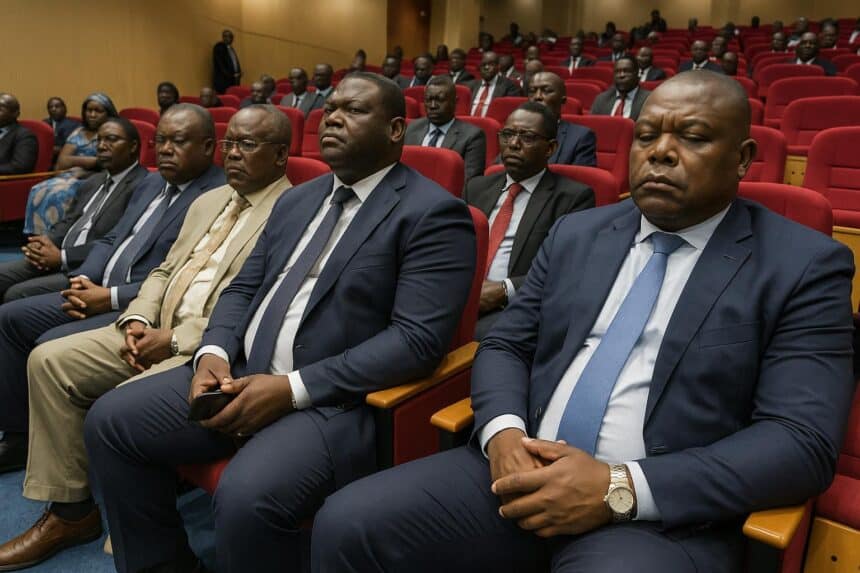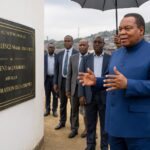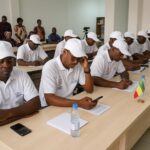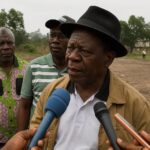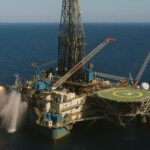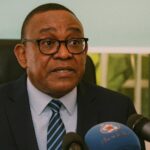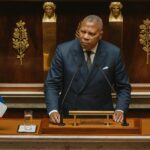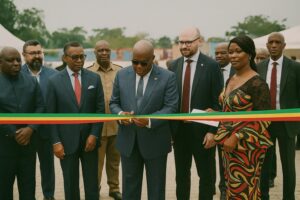Calm but ambitious words from Brazzaville
The National Petroleum Company of Congo dropped a concise yet revealing video this week featuring its director-general, Raoul Ominga. Speaking from a bright conference room in Brazzaville, the longtime executive preferred a measured tone, but his message carried ambition: “We are adjusting our compass toward efficiency, inclusion and environmental care,” he said.
- Calm but ambitious words from Brazzaville
- Efficiency first, barrels later
- Upgrading ageing assets offshore
- Courtship of foreign partners continues
- Local content gets sharper teeth
- Training hubs in Pointe-Noire and Ouesso
- Greener operations without slowing growth
- Carbon footprint dashboards on every site
- Security and community dialogue
- Supporting Congo’s fiscal resilience
- Digital finance and quicker payments
- Exploration still on the radar
- Gas-to-power projects gathering pace
- Women rising in the oil workplace
- Timing and milestones
- An oil giant resetting its compass
Efficiency first, barrels later
Ominga’s first priority is operational discipline. Cost control, faster maintenance cycles and the roll-out of digital field monitoring should, in his words, “do more with every franc invested.” He insists that boosting daily production will follow naturally once leaks, downtimes and procurement delays have been ironed out.
Upgrading ageing assets offshore
Several offshore blocks that once formed the backbone of Congo’s crude output now require heavy intervention. Ominga confirmed that SNPC has started preliminary engineering to modernise platforms in the Djeno and Nkossa corridors. “Extending the life of mature wells gives the treasury predictable income without new frontier risks,” he noted.
Courtship of foreign partners continues
While the company remains proudly national, collaboration with international majors remains on the table. The director-general praised joint ventures that “blend global technology with Congolese know-how.” He pointed to recently signed memoranda of understanding, hinting at future seismic campaigns but stopped short of naming the prospective partners.
Local content gets sharper teeth
A significant slice of the video focused on jobs. Ominga promised to lift the local-content ratio on all new contracts. That means more welding, logistics and geoscience roles for Congolese firms. “Youth want careers, not just pay slips,” he stressed, urging subcontractors to open structured apprenticeship tracks.
Training hubs in Pointe-Noire and Ouesso
To underpin that pledge, SNPC plans to expand its technical academy in Pointe-Noire and launch a satellite campus in the northern town of Ouesso. The goal is to certify 500 technicians per year in safety, robotics and reservoir management, creating a pipeline of talent for onshore and offshore projects.
Greener operations without slowing growth
Asked about flaring, Ominga acknowledged “room for progress.” He outlined a phased programme to capture associated gas and route it toward power generation or petrochemicals. “Cleaner barrels fetch better premiums on today’s market,” he argued, aligning environmental duty with a commercial incentive.
Carbon footprint dashboards on every site
By the end of next year, each producing field under SNPC operatorship will display real-time emissions on a digital dashboard. Teams will be rewarded when monthly targets are met. Ominga believes the transparency will “turn sustainability from a slogan into an operating metric everyone can follow.”
Security and community dialogue
Turning inland, the director-general touched on pipeline safety. Increased patrols and quicker leak detection, he said, would lower the risk of environmental incidents. At the same time, SNPC plans new community liaison offices so villages near rights-of-way can flag concerns before they escalate into protests.
Supporting Congo’s fiscal resilience
Oil still anchors the national budget, and Ominga is keenly aware of that role. He affirmed that disciplined production plus moderate price scenarios could “shield basic social spending” from external shocks. Stable output, he argued, remains a pillar of President Denis Sassou Nguesso’s strategy for diversified development.
Digital finance and quicker payments
On procurement, the company will migrate to an e-invoicing system designed to shorten payment cycles to 30 days. Local suppliers have long asked for faster cashflows. “If we expect contractors to hire Congolese staff, they need liquidity; digital finance offers that transparency,” Ominga reasoned.
Exploration still on the radar
Beyond mature fields, SNPC eyes deeper plays in the offshore ultra-deep. High-resolution 3D seismic reprocessing could unlock new prospects. Ominga remained cautious, calling exploration “a marathon, not a sprint,” yet he confirmed a budget line for two exploratory wells once market conditions align.
Gas-to-power projects gathering pace
Domestic energy demand keeps rising, especially around the Special Economic Zone of Pointe-Noire. SNPC intends to channel part of its gas capture into small combined-cycle plants, helping reduce diesel imports and lower electricity costs for households and factories alike.
Women rising in the oil workplace
Ominga underlined gender inclusion as good practice and smart economics. The firm will reserve slots for women in engineering scholarships and aims for 20 percent female representation in field leadership by 2026. “Diverse teams spot problems faster and innovate better,” he told viewers.
Timing and milestones
The roadmap is staggered: asset modernisation and payment digitalisation within twelve months, training hub upgrades over two years, and full gas-flare elimination by 2027. Each milestone, Ominga said, will come with public scorecards “so citizens can measure our promises against results.”
An oil giant resetting its compass
While the SNPC chief avoided sensational announcements, the cumulative pledges paint a company in mid-transformation—leaner, greener and more locally grounded. His closing line summed it up: “Our future barrels must carry more value for every Congolese household than the last ones did.”

